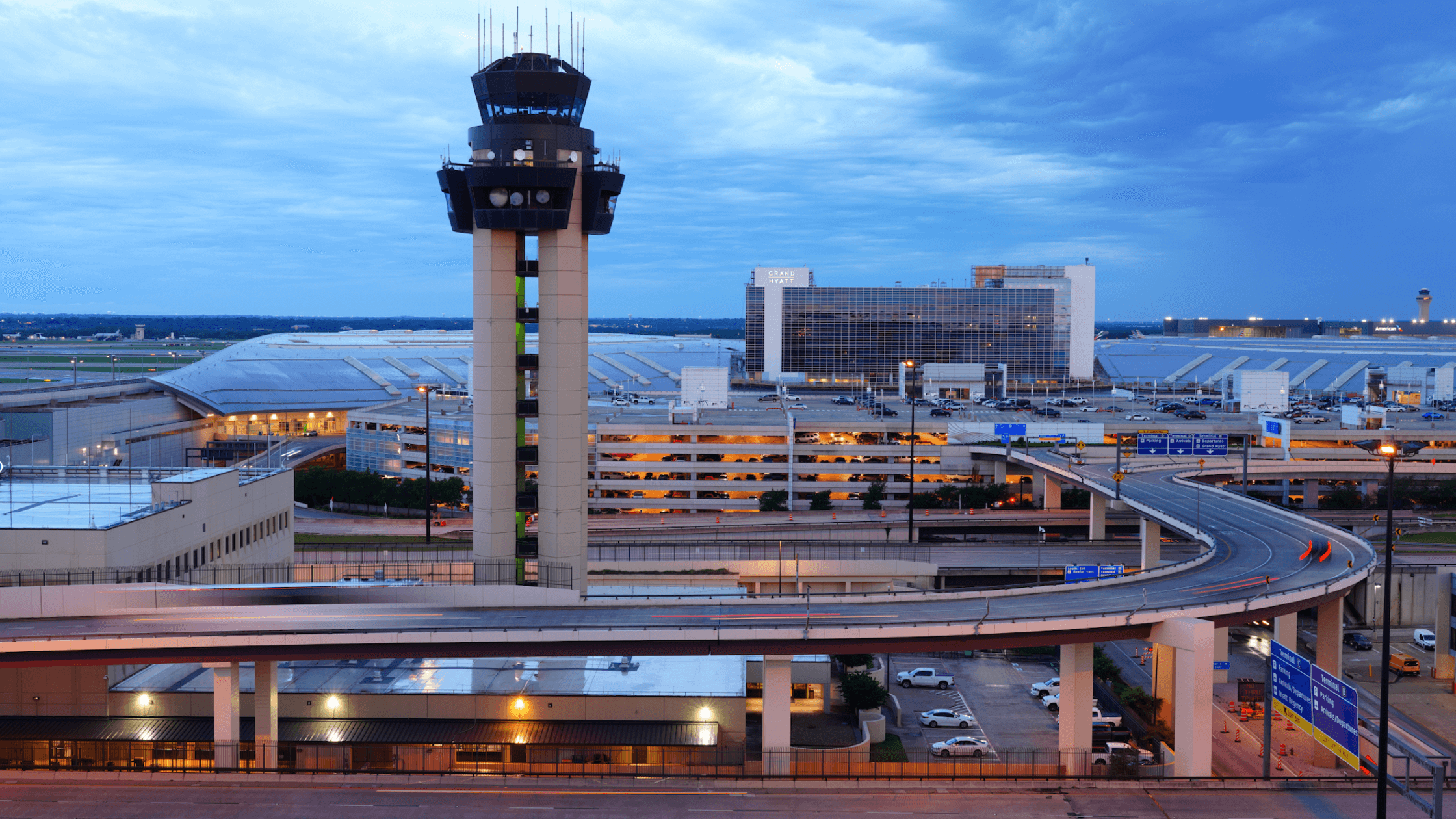Dallas Fort Worth International Airport (DFW) is kicking off a $3 billion expansion of Terminal C, a major component of its $9 billion capital improvement plan. The work began in August and aims to modernize the airport’s facilities and enhance passenger experience. Key features of the expansion include larger gate areas, upgraded technology, and improved energy efficiency. The project also reflects DFW’s commitment to handling increased air traffic and catering to future growth.

Construction will focus on updating Terminal C, originally built in the 1970s. This terminal has needed upgrades due to wear and tear from decades of service and increasing demands. The renovation will bring expanded gate areas, offering passengers more seating and comfort while waiting for their flights. Along with the new gate designs, the project will introduce more advanced technology throughout the terminal, from faster Wi-Fi to more efficient check-in systems, intended to streamline passenger flow and reduce wait times.
Sustainability is also a major focus of the expansion. DFW Airport plans to incorporate eco-friendly design elements into Terminal C, ensuring energy efficiency and reducing the airport’s carbon footprint. These improvements align with DFW’s goal of becoming a leader in sustainable airport operations.
While this expansion focuses on Terminal C, it’s just part of the larger $9 billion investment plan. The broader vision includes Terminal D enhancements and the construction of a brand-new Terminal F in the coming years. These long-term projects aim to increase capacity and position DFW as a global transportation hub.
As one of the busiest airports in the world, DFW’s Terminal C expansion is expected to support continued passenger growth. In 2022, the airport served 73 million passengers, and projections suggest even higher numbers, so these upgrades are crucial to maintaining service levels. Once completed, the expanded terminal will have the capacity to comfortably accommodate this growth, ensuring smoother operations for both domestic and international travelers.


DFW Airport’s Terminal C project is expected to generate significant economic benefits and create jobs in construction and related sectors. The first phase of the renovation is scheduled for completion in 2026, and more improvements are planned in the years to follow.
With larger, more comfortable gate areas, upgraded technology, and a focus on sustainability, the DFW’s Terminal C expansion will significantly enhance the travel experience for millions of passengers annually. The project marks an important step in the airport’s broader capital plan, setting the stage for future growth and modernization across its terminals.


